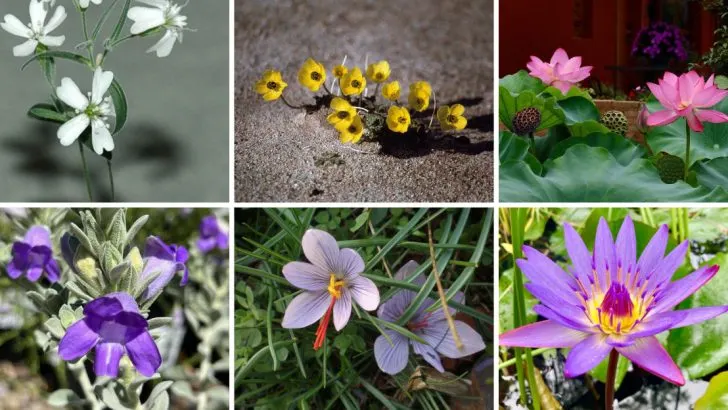Imagine holding a seed in your hand that’s thousands of years old, only to watch it bloom into a beautiful flower once again. That’s exactly what has happened with some fascinating discoveries in the world of archaeology. Seeds found in ancient sites, some from as far back as the Ice Age, have been revived and successfully grown into plants that hadn’t been seen for centuries. These remarkable finds not only give us a glimpse into the past but also highlight the resilience of nature and its ability to endure through time.
The revival of these ancient flowers is a testament to both the ingenuity of modern science and the lasting power of the natural world. Scientists have used cutting-edge techniques to bring these seeds back to life, and the results have been both surprising and inspiring. Some of these plants offer us new insights into the ecosystems of ancient civilizations, while others might just hold the key to restoring lost species or enriching modern gardens. It’s a reminder that nature has always had the ability to surprise us, even in the most unexpected ways.
Silene stenophylla
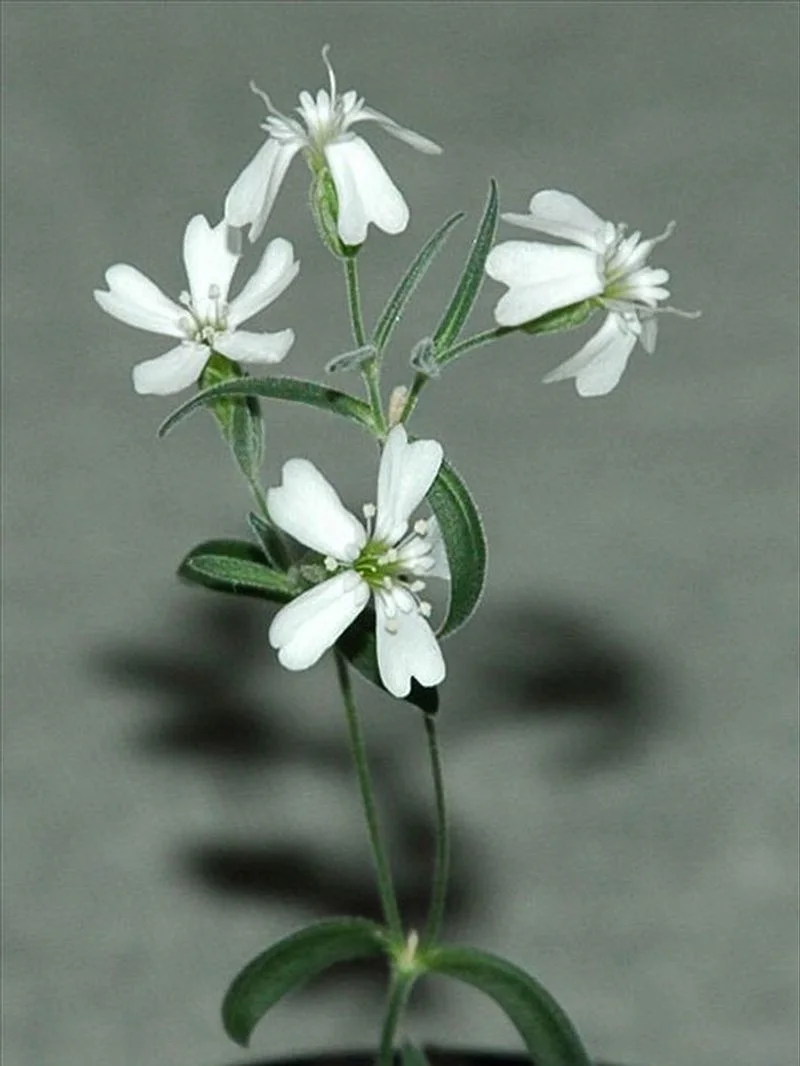
Resurrected from a 32,000-year-old seed, Silene stenophylla offers a glimpse into the ancient Siberian tundra. This delicate white flower, with its gentle petals, thrives in a landscape once dominated by mammoths.
Imagine its soft blossoms swaying in the chilly Siberian breeze, a testament to nature’s resilience. What stands out is its ability to adapt to current climates while maintaining its ancient charm.
The Silene stenophylla tells a story of survival and adaptation, bridging the gap between past and present flora. Truly, it’s a living relic of history.
Judean Date Palm
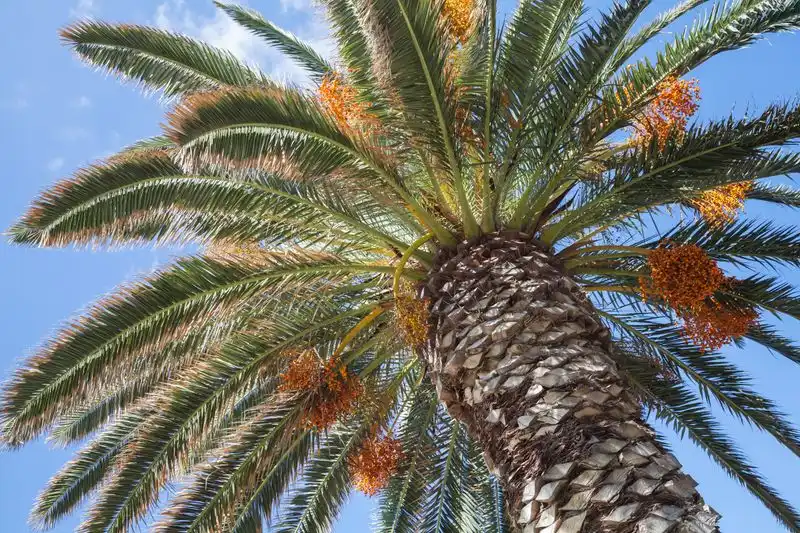
The Judean Date Palm, sprouted from a 2,000-year-old seed, is more than just a tree; it’s a historical narrative.
Rising majestically in the arid landscape of the Judean desert, its sweet, rich dates harken back to the time of ancient kings and prophets. Each bite from its fruit is like tasting a piece of history.
This ancient marvel not only symbolizes endurance but also revives agricultural traditions long forgotten. Its rebirth provides a tangible connection to the cultures that once thrived in this region.
Lotus from the Ming Dynasty

Blooming from seeds believed to be from the Ming Dynasty, this lotus is a floral masterpiece. Its radiant pink petals unfold gracefully over serene waters, reflecting the elegance of ancient Chinese gardens.
The lotus is not just a flower but a symbol of purity and resilience, standing tall above the murky waters.
Its revival is a poetic reminder of beauty transcending time, enriching modern landscapes with its historical grace. This blooming wonder invites us to ponder the exquisite artistry of nature’s cycles.
Phoenix Bluebell
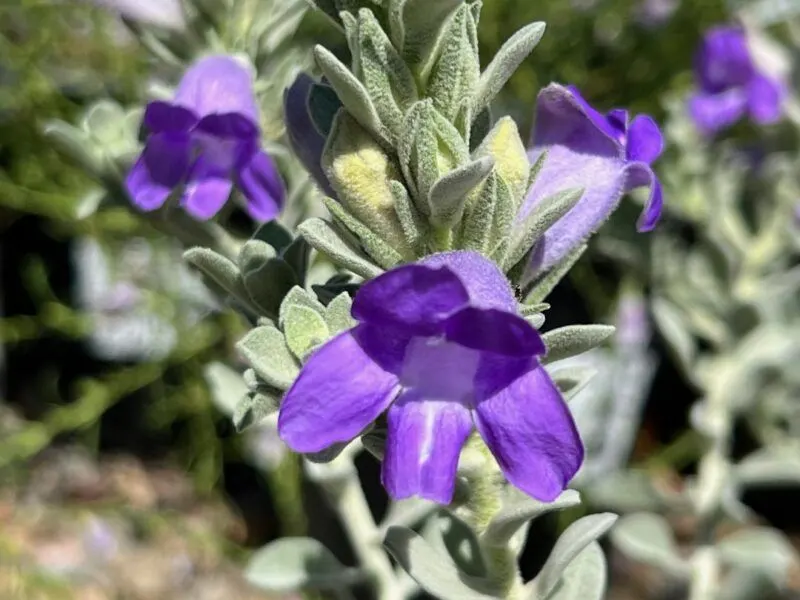
Emerging from seeds found in an ancient Celtic site, the Phoenix Bluebell paints landscapes with its vibrant hue.
Bathed in mystery and folklore, these bluebells are believed to have carpeted the sacred grounds of ancient rituals. Their striking blue blossoms are a symbol of rebirth and resilience, thriving amidst the echoes of history.
As these flowers dance in the gentle breeze, they remind us of nature’s timeless beauty and the stories whispered through generations. The Phoenix Bluebell stands as a testament to the enduring spirit of life.
Minoan Saffron Crocus
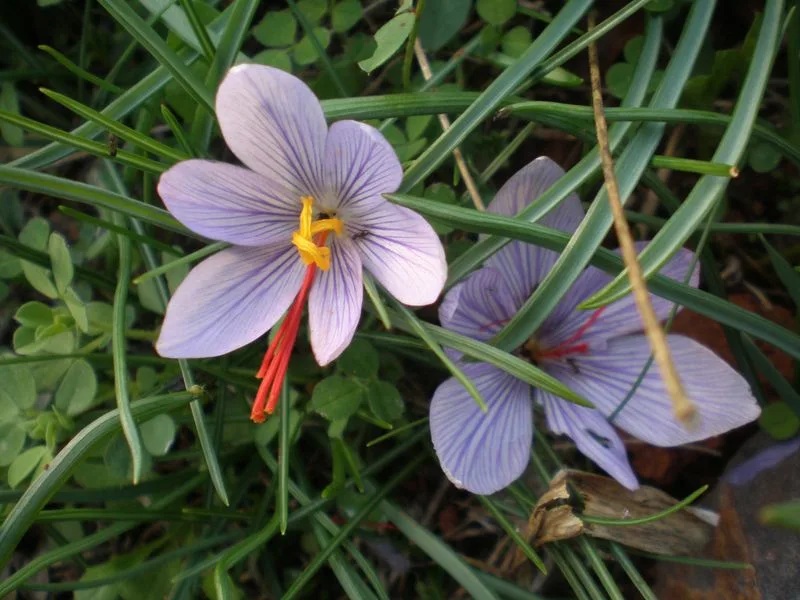
The Minoan Saffron Crocus, reborn from seeds discovered in Crete, embodies the rich tapestry of Minoan civilization.
Its delicate purple petals and vibrant red stigmas were once depicted in ancient frescoes, highlighting its significance in rituals and trade. This crocus offers a visceral connection to the opulence and cultural heritage of ancient Greece.
Today, its resurgence brings not only visual delight but also the aromatic allure of saffron, a spice treasured throughout history. A bloom that bridges millennia, it stands as a fragrant reminder of the past.
Ancient Egyptian Water Lily
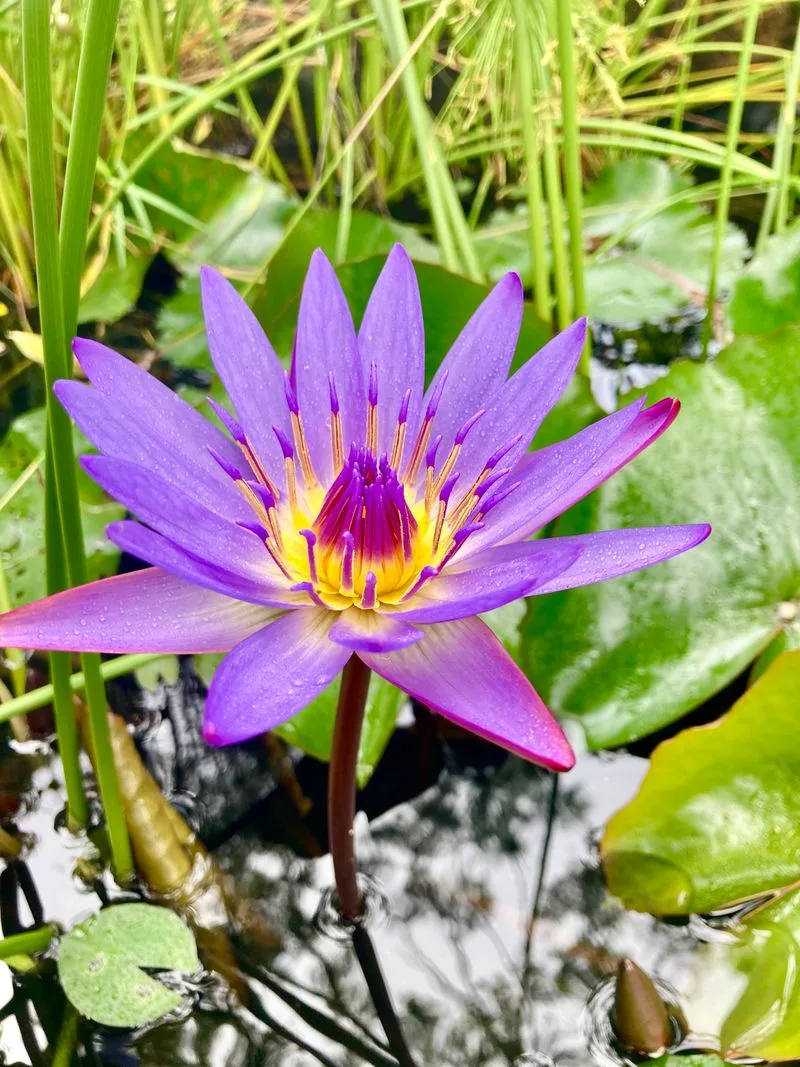
Once adorning the sacred waters of the Nile, the Ancient Egyptian Water Lily has been resurrected from seeds that lay dormant for centuries.
This aquatic beauty, with its broad leaves and delicate petals, was a symbol of creation and rebirth in Egyptian mythology. Its presence on temple carvings and tomb paintings underscores its spiritual and cultural importance.
Today, as it blooms afresh, it reconnects us with the mystical allure of ancient Egypt. The water lily is a living link to a civilization renowned for its wisdom and artistic expression.
Prehistoric Arctic Poppy
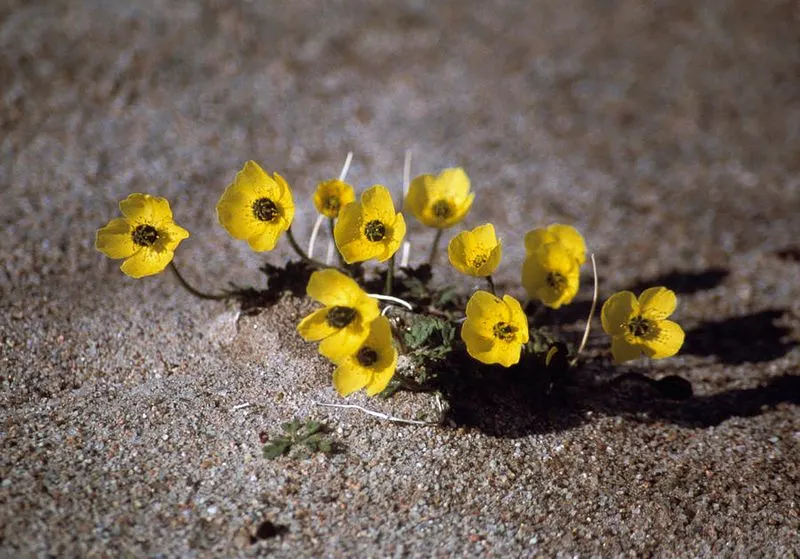
Discovered in the icy realms of prehistoric sites, the Arctic Poppy’s revival is a marvel of botanical endurance.
With its bright yellow petals, it stands out against the stark Arctic landscape, a beacon of life amidst ice and snow. This poppy symbolizes resilience, surviving in one of the harshest climates on earth.
Its story is one of adaptation and survival, mirroring the tenacious spirit of life in extreme conditions. The Arctic Poppy’s bloom is a reminder of nature’s incredible ability to thrive against all odds.

